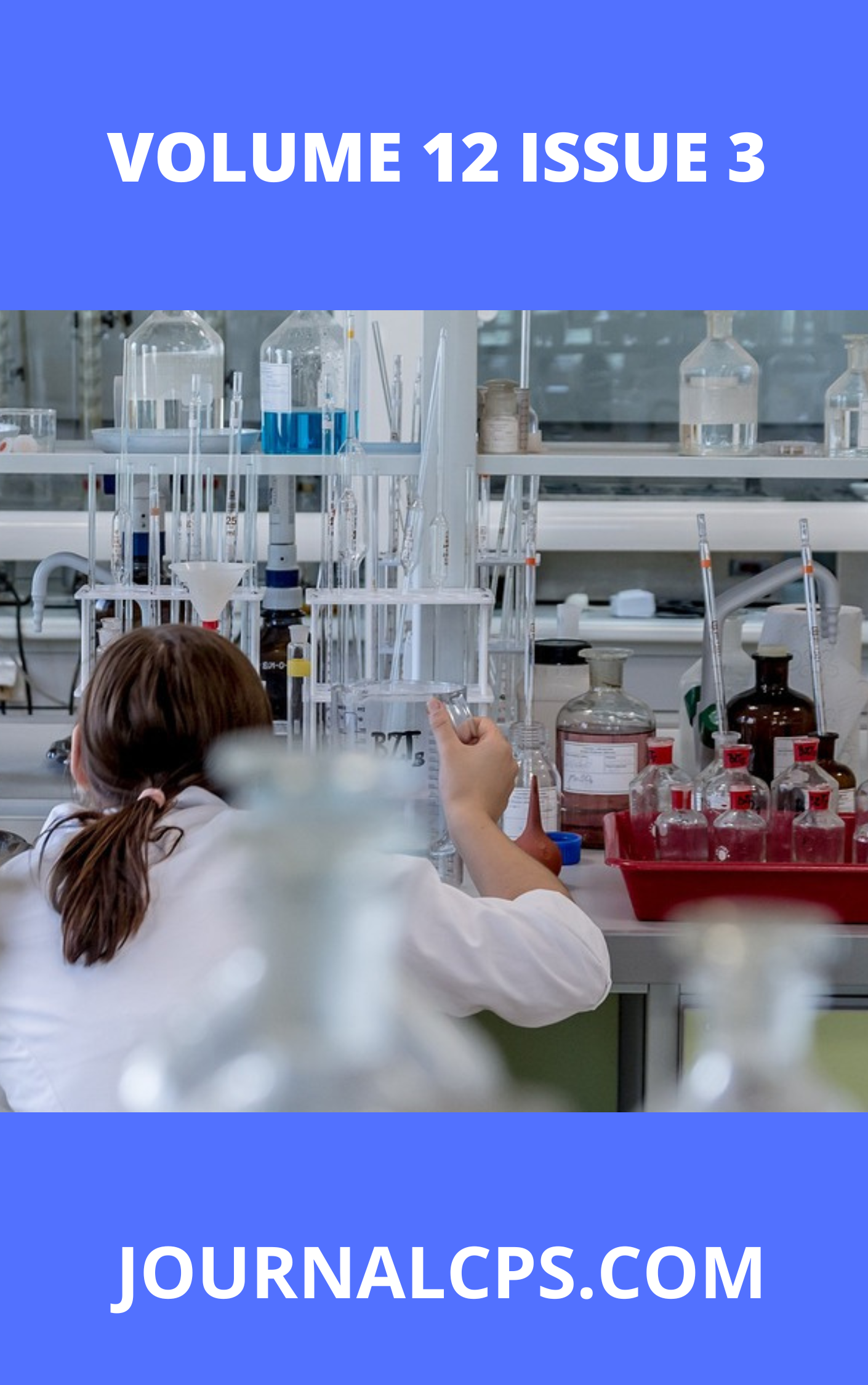Determination of Some Physicochemical Properties, Heavy Metals and Micronutrients of Some Energy Drinks Available in Nigeria
Keywords:
Energy drinks, Heavy metals, Micro nutrients, physicochemical propertiesAbstract
This study investigates the concentrations of selected elements in energy drinks and assesses their compliance with international safety standards. Energy drinks have gained widespread popularity, but concerns regarding the presence of heavy metals and their potential health risks necessitate rigorous scientific evaluation. This study aimed to determine the levels of copper (Cu), iron (Fe), manganese (Mn), zinc (Zn), and chromium (Cr) in commercially available energy drinks and evaluate their potential health implications. A total of 30 energy drink samples were analyzed using atomic absorption spectrophotometry (AAS) and energy dispersive x-ray fluorescent (EDXRF) . Statistical analyses, including correlation analysis, chi-square tests, and multiple regression, were performed to identify significant relationships between elements and deviations from World Health Organization (WHO) permissible limits. The results showed that Mn had a strong positive correlation with Cu (r = 0.686, p < 0.01), while Fe and Zn exhibited no significant influence on Mn concentrations. The chi-square test revealed that some elements exceeded WHO-recommended limits, with Cu and Mn concentrations in certain samples posing potential health risks. Multiple regression analysis indicated that Cu significantly predicted Mn concentration (β = 0.686, p = 0.001), explaining 48.8% of the variance (R² = 0.488). In contrast, the regression model for Zn showed no significant predictive power (R² = 0.018, p = 0.936), indicating weak associations between Zn and other elements in the energy drinks. These findings highlight the need for stricter regulatory monitoring and enforcement to ensure that elemental concentrations in energy drinks remain within safe limits. Manufacturers should enhance quality control measures to prevent contamination and safeguard consumer health. Further research is recommended to explore additional factors influencing heavy metal accumulation in energy drinks, including ingredient sourcing, production methods, and storage conditions.
Downloads
Published
Issue
Section
Similar Articles
- Tope Oyebade, Chemical Pollutants and Human Vulnerability: An Integrated Review of Environmental Chemistry and Public Health , Communication In Physical Sciences: Vol. 9 No. 4 (2023): VOLUME 9 ISSUE 4
- Okoche Kelvin Amadi, Onyinyechi Uloma Akoh, Godson Chukwudi Eric, Adsorption Studies on the Inhibitive Properties of Aqueous Extracts of Theobroma cacao (TC) Leaves on Mild Steel in 1.0 M HCl , Communication In Physical Sciences: Vol. 9 No. 3 (2023): VOLUME 9 ISSUE 3
- Fabian James Umoren, Mfon Clement Utin, Resource Recovery from Maize Wastes; Synthesis and Characterization of Silicon Oxide Nanoparticles , Communication In Physical Sciences: Vol. 11 No. 3 (2024): VOLUME 11 ISSUE 3
- Blessing Ebong, Review on Microplastic-Polymer Composite Interactions: Assessing Contaminant Adsorption, Structural Integrity, and Environmental Impacts , Communication In Physical Sciences: Vol. 12 No. 3 (2025): VOLUME 12 ISSUE 3
- M. M. Ndamitso, M. Musah, J. T. Mathew, V. T. Bissala, Comparative Nutritional Analysis of Daddawa Made from Fermented Parkia biglobosa and Glycine max Seeds , Communication In Physical Sciences: Vol. 5 No. 3 (2020): VOLUME 5 ISSUE 3
- Yusuf Mohammad Auwal, Hussaini Shuaibu, Muhammad Sani Isa, Study of Symmetric Nuclear Matter Properties in Non-linear Walecka Model via Relativistic Mean-field approximation at zero-temperature , Communication In Physical Sciences: Vol. 12 No. 2 (2025): VOLUME 12 ISSUE 2
- Kabiru Alhaji Bala, Ogunlana Yusuf Olayinka, Maryam Aliyu, The Design and Development of Environmentally Friendly Biogas Using an Anaerobic Digestion System , Communication In Physical Sciences: Vol. 8 No. 4 (2022): VOLUME 8 ISSUE 4
- Gideon Wyasu, Determination of Bacteriological and some physicochemical properties of Hospital wastewater , Communication In Physical Sciences: Vol. 4 No. 2 (2019): VOLUME 4 ISSUE 2
- Augustine Odiba Aikoye, Ifiok D. Uffia, Experimental study of the removal of cobalt ion from aqueous solution using chitosan , Communication In Physical Sciences: Vol. 5 No. 4 (2020): VOLUME 5 ISSUE 4
- Patricia Ese Umoru, Femi Emmanuel Awe, Joseph Ifeanyi Uche, Oluwayemi Abiodun Babatunde, Ibrahim Aliyu Salaha, Investigation of the Adsorptive And Inhibitive Properties Of Cucurbita Maxima Peel Extract And Halide Ions As Inhibitors For Stainless Steel in 1m H2so4 Solution , Communication In Physical Sciences: Vol. 10 No. 2 (2023): VOLUME 10 ISSUE 2
You may also start an advanced similarity search for this article.




